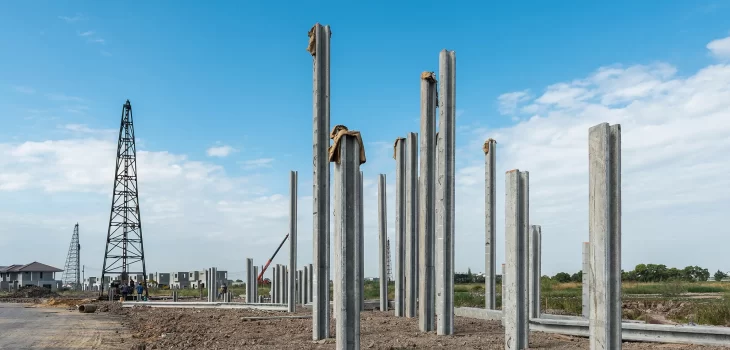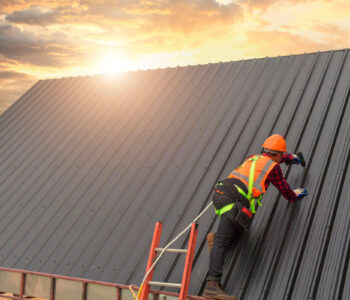 Home Improvement
Home Improvement
What are the Factors that Affect the Cost of…
Piling is a crucial part of heavy and irregular construction projects. It involves driving or drilling long, strong columns into the ground to create a solid base for a structure. It is primarily used in areas where soil near the surface is not stable enough to support the weight of the structure on its own.
When you opt for piling, you must pay special attention to planning the budget. Otherwise, it can cost more than expected. For planning a budget, you need to understand the factors affecting its cost. Let’s go through them without further ado.
6 Key Factors Affecting the Cost of a Piling Project
1. Site Accessibility and Location
The location and ease of access to your construction site are major factors in determining piling costs. If the site is in a remote area, the transportation of equipment and workers can be costly. On the other hand, sites located in busy city centres may require special permissions and traffic control. This can also increase costs.
Accessibility refers to how easily machinery can reach the piling area. If the site has limited space or is surrounded by other buildings, contractors may need smaller and specialised equipment. Sometimes, manual labour is needed in hard-to-reach places. All these things can increase the overall cost of your piling project.
2. Soil Conditions
The type and condition of the ground on your site have a big impact on the final cost. Soft clay or water-logged ground may require longer or more durable piles. In contrast, harder ground, such as rocky terrain, can be more difficult to drill into. This can lead to higher equipment wear, slower progress, and increased labour costs.
Your selected piling contractors will conduct a ground investigation or soil survey. These tests help them understand the soil’s bearing capacity, moisture content, and other important properties. Based on reports of these tests, they recommend the best piling solution and give a quote.
3. Type of Piling Method Used
There are different types of piling methods. Each comes with its cost range. The main methods include bored, driven, and screw piles. Bored piles involve drilling a hole, inserting reinforcement, and pouring concrete. These are usually more expensive because they require more equipment and time.
Driven piles are hammered into the ground. They can be installed quickly and usually cost less. However, they’re not suitable for every soil type or location. Some methods also produce less noise or vibration. These are often needed in urban areas to avoid disturbing neighbours or damaging nearby structures.
However, these specialised methods usually come with higher prices. You should always choose the most suitable and safe piling method for your site, even if it costs more than other types.
4. Pile Depth and Diameter
The size of the piles can significantly affect the cost. The deeper the piles need to go to reach solid ground, the more materials will be used. Deeper piles also take more time to install, which results in higher labour and equipment costs. Similarly, wider diameter piles are needed for heavy structures to distribute the load.
For example, a small house extension may only need shallow or mini piles. Meanwhile, a multi-storey building will require deeper and thicker piles. These differences can change the total project cost by thousands of pounds.
Contractors usually calculate the required depth and size based on soil conditions and building weight. However, these calculations can sometimes change during the project, which also affects the budget.
5. Labour Costs and Project Duration
It is another significant part of the total cost. Projects that take longer usually cost more because you’re paying for more hours of skilled labour. The more complex the project, the longer it will take. Bad weather, unexpected ground conditions, or other complications can delay work and increase costs.
Moreover, the qualifications and experience of the labourers also matter. Skilled workers may cost more per hour. However, they often work faster and produce higher-quality results. Some piling jobs require specialists like engineers or geotechnical consultants. Their fees can quickly add up to the final quote.
6. The Piling Company You Choose
The piling contractors you hire will have a big impact on the total cost. Experienced companies may charge more upfront. However, they often save you money in the long run by avoiding delays and offering reliable project management. Less experienced contractors may not handle the project properly, leading to costly mistakes or safety issues.
Therefore, you should always choose a reliable company, such as Southern Foundation & Piling, to handle your piling project. These companies have skilled workers and modern equipment to complete the job with perfection. Moreover, they don’t charge any hidden or additional charges.
Understanding the aforementioned factors can help you plan your budget better and avoid unpleasant expenses. Make sure you never opt for low-quality work to save a few pounds, as it can lead to safety issues over time.









